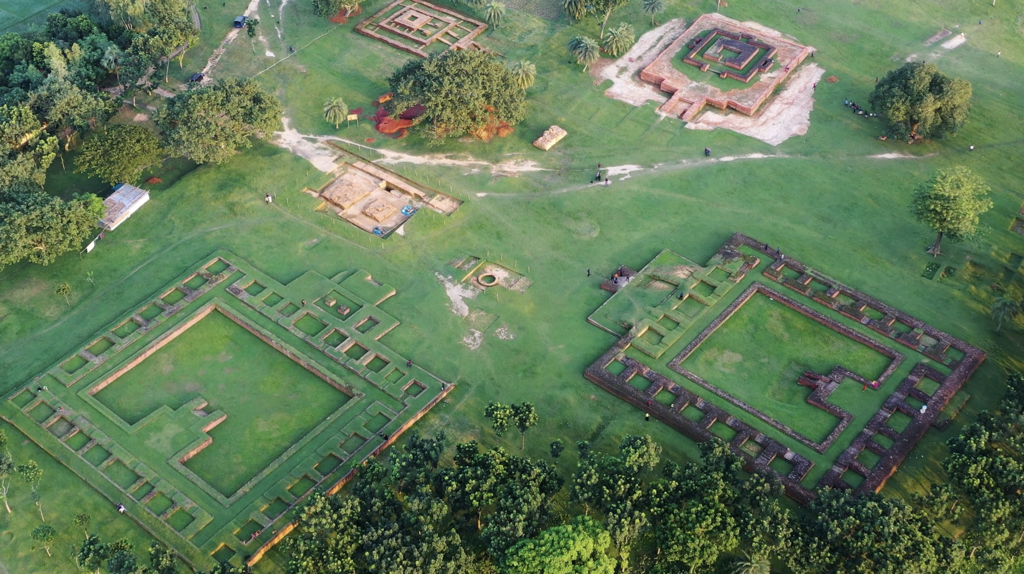Vasu Vihara, also known as Vasu Bihar or Basu Vihara, is an ancient Buddhist monastic complex in Bangladesh. It stands as a testament to the region’s rich Buddhist heritage. The site, located in the village of Vasu Bihar in the Bogra District, has revealed significant archaeological findings. These findings provide insights into the religious, cultural, and educational practices of the past. The monastery dates back to the Pala Empire, a period known for its patronage of Buddhism. Excavations have unearthed a wealth of artifacts, including terracotta plaques, pottery, coins, and inscriptions, which offer a glimpse into the life and times of ancient Buddhist communities.
Ancient Civilizations
All Ancient Civilizations, Cultures and People
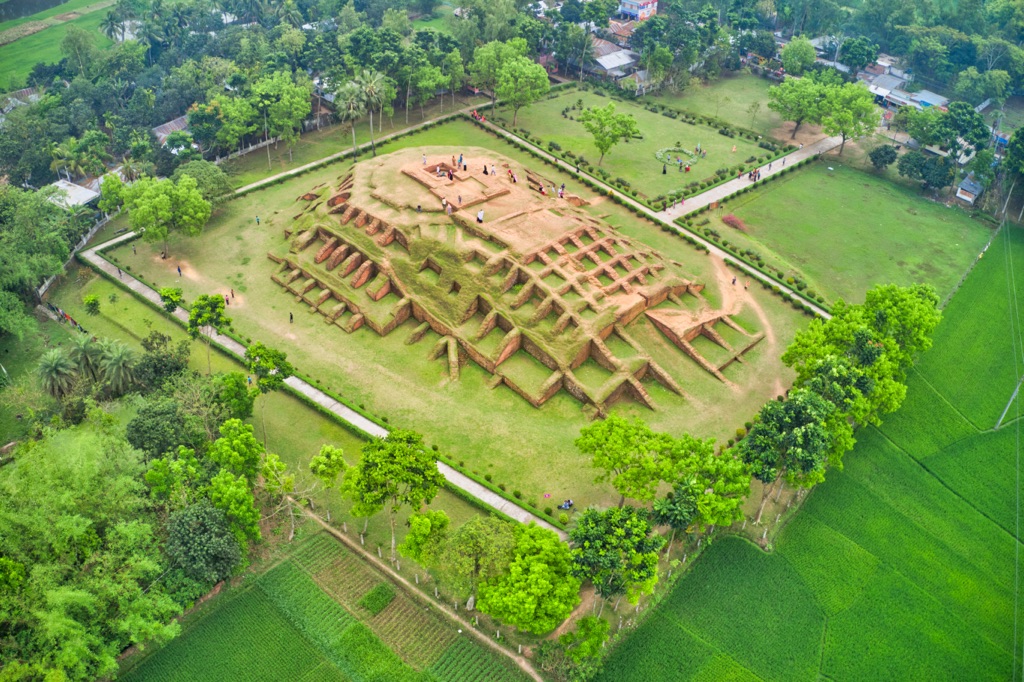
Gokul Medh
Gokul Medh, also known as Lokma Rajar Dhibi, is a historical site located in Bangladesh. It is an ancient archaeological site that bears the remnants of past civilizations. The site is particularly significant for its Buddhist vihara, which dates back to between the 6th and 12th centuries AD. The mound on which Gokul Medh stands is a testament to the architectural prowess of ancient builders and the rich cultural heritage of the region.
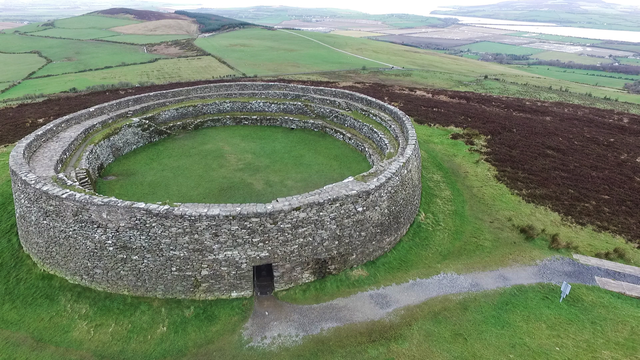
Grianan of Aileach
The Grianan of Aileach is an ancient hillfort that stands atop the Greenan Mountain on the Inishowen Peninsula in County Donegal, Ireland. This stone fortress, with its origins shrouded in both history and legend, dates back to the early medieval period. It is believed to have been a seat of power for the Kingdom of Aileach, which ruled over parts of Ulster and beyond. The site offers panoramic views of the surrounding countryside, including Lough Foyle and Lough Swilly, making it a strategic location for both defense and control. Over the centuries, the Grianan of Aileach has captured the imagination of visitors with its impressive dry-stone construction and its evocative presence in Irish lore.
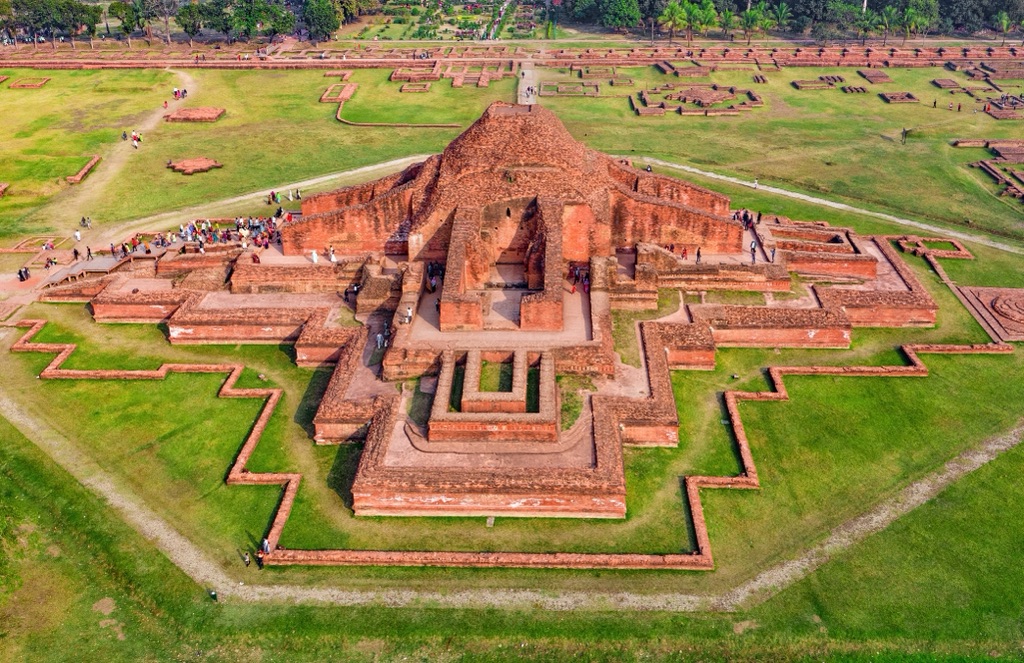
Somapura Mahavihara
Somapura Mahavihara, also known as the Great Monastery, is a historic Buddhist vihara (monastic complex) located in Paharpur, in the northwest of Bangladesh. It is one of the most important archaeological sites in the country. Built in the 8th century by the second king of the Pala Empire, Dharmapala, it flourished as a renowned intellectual and spiritual center until the 12th century. The site exemplifies the grandeur of Buddhist monastic architecture, with its intricate terracotta plaques, sculptures, and a distinctive cruciform floor plan. Recognized by UNESCO as a World Heritage Site, Somapura Mahavihara stands as a testament to the Pala dynasty’s patronage of Buddhism and its cultural achievements.
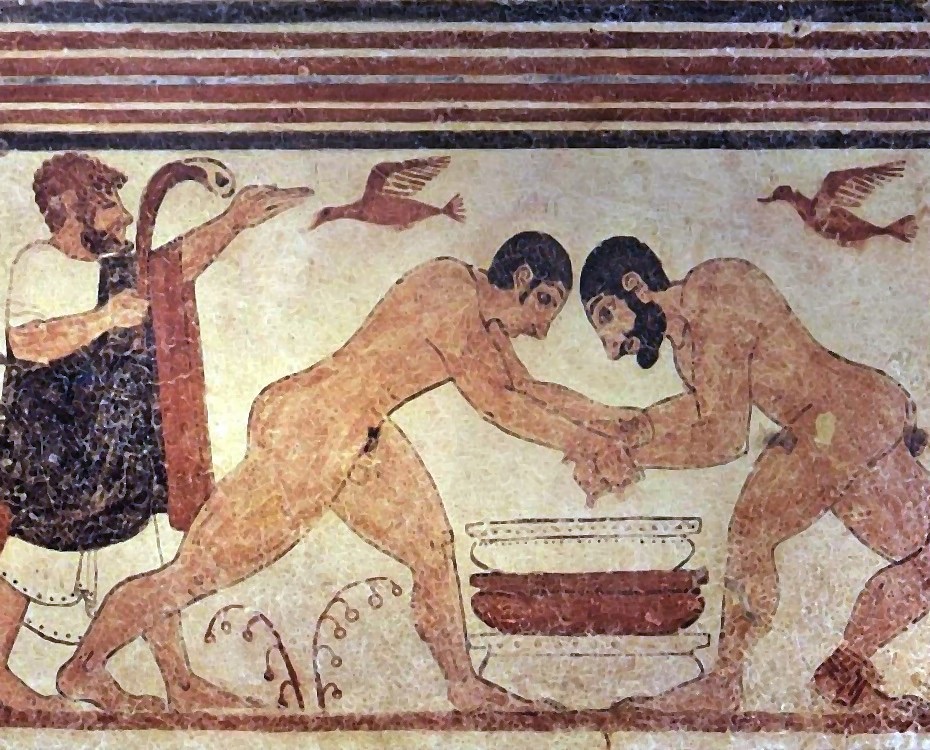
Tomb of the Augurs
The Tomb of the Augurs is an ancient Etruscan burial site, renowned for its intricate wall paintings. These frescoes provide a glimpse into the Etruscan culture and their beliefs about the afterlife. The tomb, located in Tarquinia, Italy, is one of many in the Necropolis of Monterozzi, a UNESCO World Heritage site. It dates back to the 6th century BC and showcases the artistic and architectural prowess of the Etruscans. The tomb’s name derives from the depiction of an augur, a priest and official in ancient Rome, within the frescoes, which suggests the importance of religious and ceremonial practices in Etruscan society.
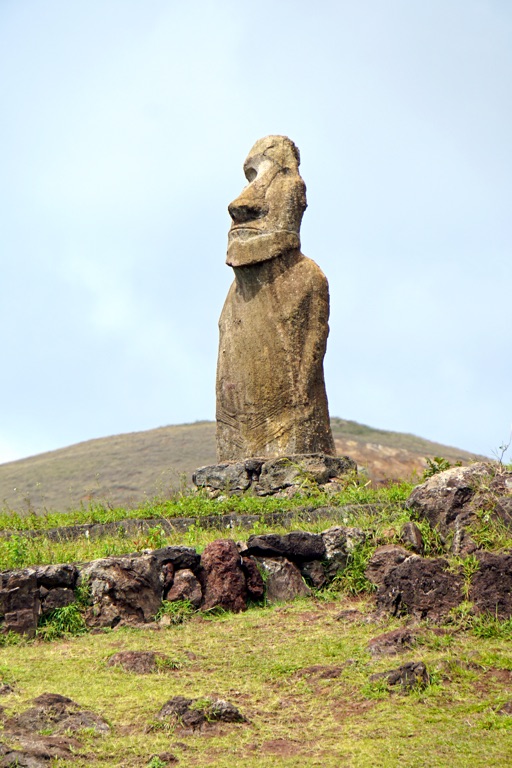
Ahu Huri a Urenga
Ahu Huri a Urenga is a significant archaeological site on Easter Island, known for its solitary moai statue. This site stands out due to its unique features and alignment with the winter solstice. It provides valuable insights into the Rapa Nui civilization and their astronomical knowledge. The moai’s distinct characteristics and the ahu’s construction reflect the island’s rich cultural heritage.

